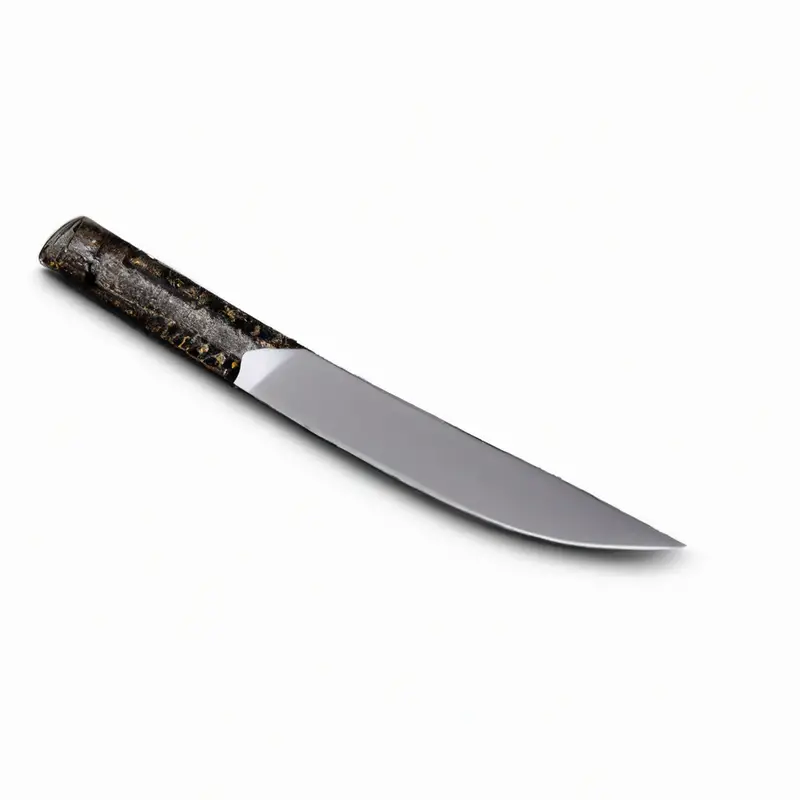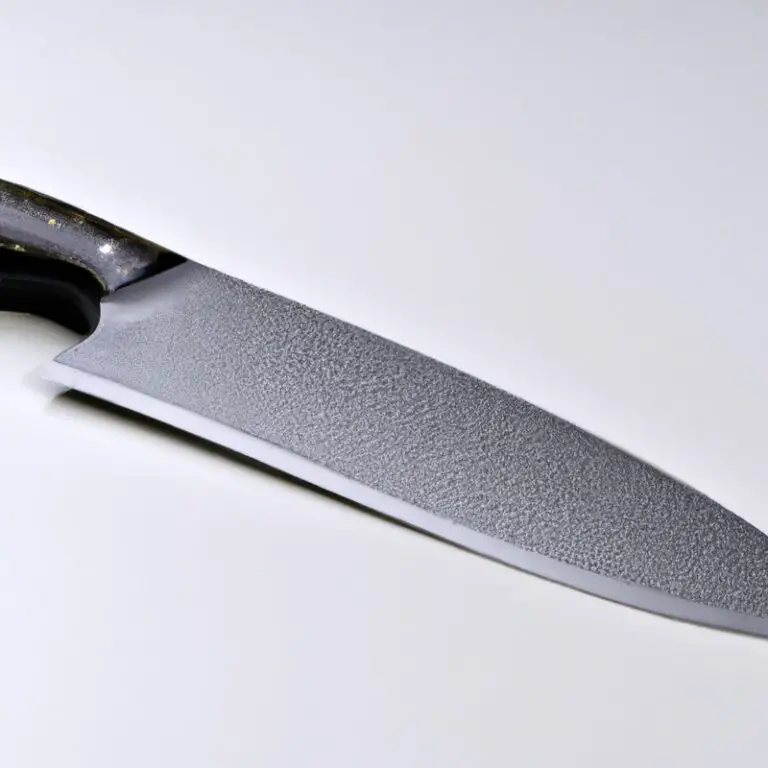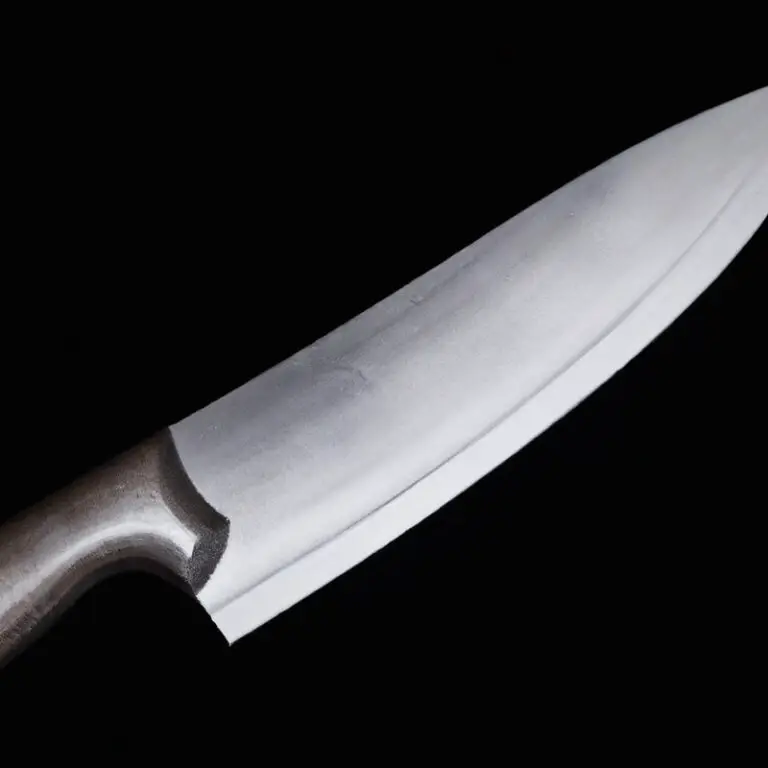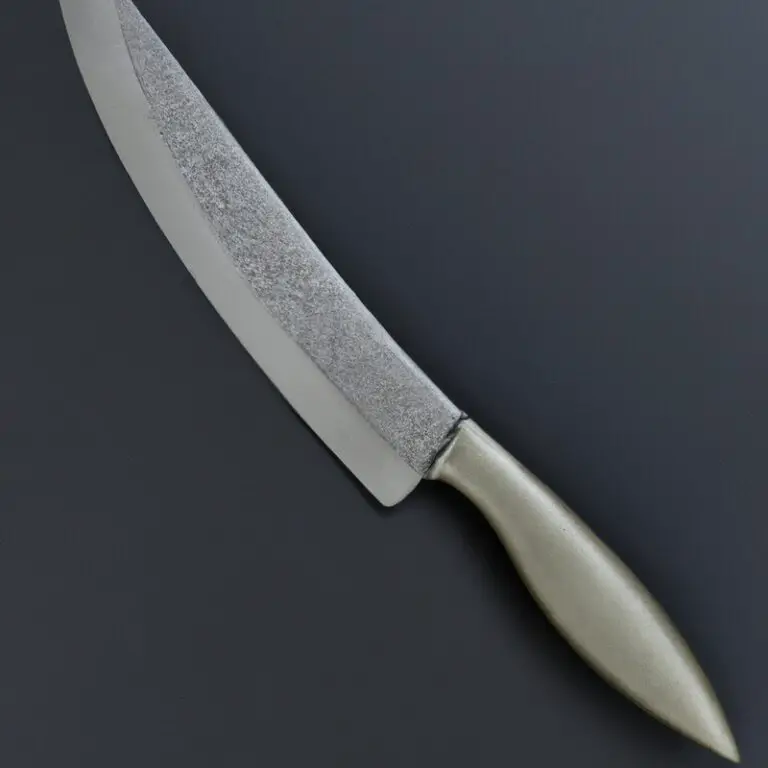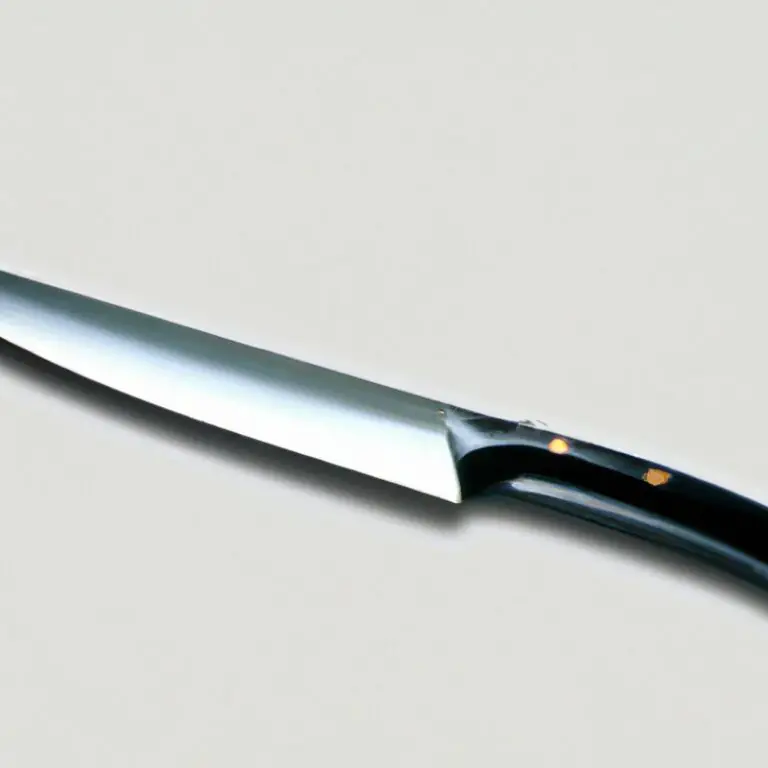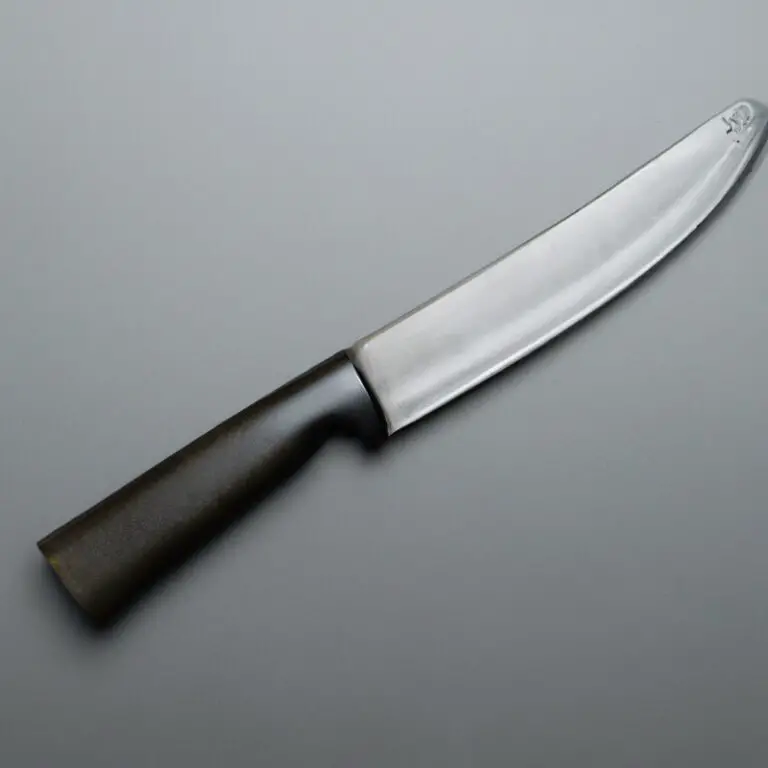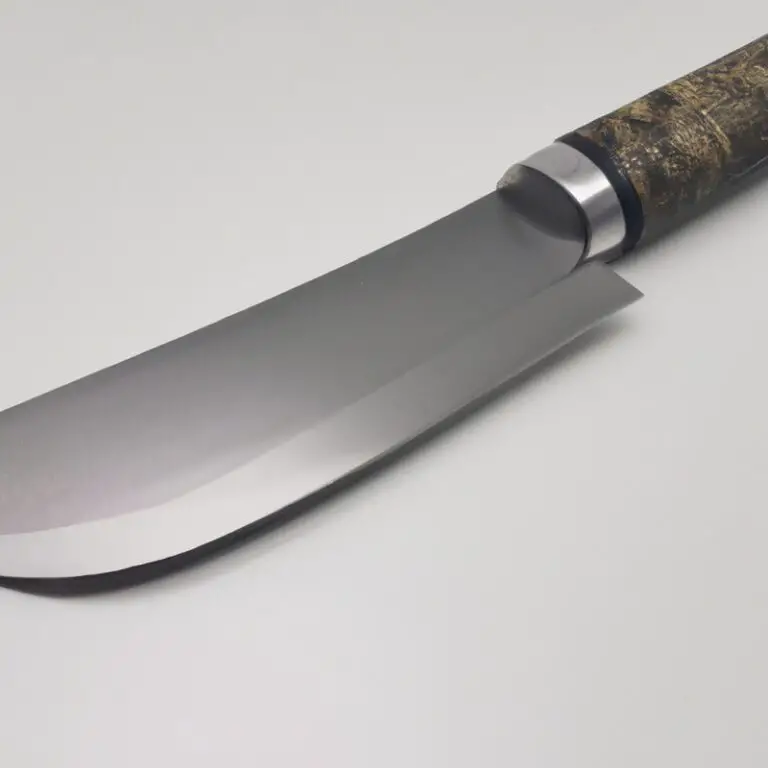What Are The Common Mistakes To Avoid When Using a Gyuto Knife? Pro Tips
Key Takeaways:
- Know the purpose of a Gyuto knife to avoid using it for tasks beyond its capabilities.
- Avoid improper sharpening techniques that can damage the blade.
- Always use a cutting board to prevent injury and preserve the knife’s blade.
- Invest in a high-quality Gyuto knife for precision and durability.
As a chef, one of the most critical tools in my kitchen is my Gyuto knife. Whether I’m preparing sushi rolls or dicing vegetables, it’s essential to handle this razor-sharp Japanese blade with care and precision.
However, even the most experienced cooks can make mistakes when handling a Gyuto knife.
In this article, we’ll discuss common mistakes to avoid when using a Gyuto knife, from improper grip and hand placement to neglecting to sharpen the blade regularly. Keep reading to discover simple techniques for using your Gyuto knife like a pro.
| Mistake | Explanation | How to Avoid |
|---|---|---|
| Using a cutting board that is too soft | The knife can become dull more quickly and the blade may bend or chip due to the softness of the board | Use a cutting board made of harder materials, such as wood or plastic |
| Not maintaining the blade | The blade can lose its sharpness or develop rust spots | Regularly sharpen and hone the blade, and dry it thoroughly after use to avoid rust |
| Using incorrect cutting techniques | Can result in uneven cuts, accidents, and damage to the blade | Take the time to learn proper cutting techniques and never force the knife or use it to pry things open |
| Using the wrong Gyuto knife for the job | Each knife is designed for a specific purpose, using the wrong one can result in poor performance and possible injuries | Choose the right Gyuto knife for the task at hand by understanding its function and size |
Choosing the wrong Gyuto knife for the task at hand
Choosing the wrong Gyuto knife for the task at hand is a common mistake people make when using this type of knife. It’s essential to consider the size and weight of the blade, as well as the type of steel used in its construction.
Using a Gyuto knife with a thin and flexible blade for heavy-duty tasks such as chopping through bones or frozen ingredients can damage the blade and reduce its lifespan.
Similarly, using a heavy and bulky Gyuto knife for delicate tasks like filleting or carving can make it difficult to control the blade and result in uneven cuts. It’s crucial to choose the appropriate Gyuto knife for the specific task at hand to ensure efficient and effective performance and prevent possible harm to yourself or the knife.
Improper grip and hand placement on the knife handle
Improper grip and hand placement on the knife handle can lead to accidents and injuries while using a Gyuto knife. It is essential to hold the knife handle correctly to prevent the blade from slipping or losing control.
To have a good grip, place your fingers, including your thumb, around the handle, with the index finger slightly above the handle.
Your fingers should be tightly curled so that you can apply pressure to the handle while cutting. The blade should rest against your index finger and the side of your thumb.
Avoid gripping the handle too tightly, as this will cause discomfort in your wrist and fingers.
Keep the blade pointed away from your body and use a forward motion when cutting. Improper grip and hand placement can also cause fatigue and decrease cutting efficiency.
It is advisable to practice proper grip techniques regularly to become proficient with the handling of the Gyuto knife.
Neglecting to sharpen the blade regularly
Neglecting to sharpen the blade regularly is a common mistake when using a Gyuto knife. A dull blade can cause frustration during use and create safety hazards because it requires more force to cut through food, making it easier for the knife to slip.
Additionally, using a dull blade can damage the blade itself, as it forces the blade to bend or chip.
It is recommended to sharpen the blade after every use, or at least once a week if the knife is used frequently. Using a sharpening stone or having the knife sharpened by a professional are two effective ways to maintain a sharp edge.
Remember, a well-sharpened blade not only improves performance but also extends the life of the knife.
Using the wrong cutting techniques for the food being prepared
Using the wrong cutting techniques for the food being prepared can lead to inefficiency and safety hazards. Chopping hard-vegetables, bones or frozen food may chip, bend, or damage the blade and risk personal injuries.
Cutting using a sawing motion could also damage the blade’s edge, requiring frequent sharpening.
Make sure you use the correct techniques such as rocking or push/pull motion for cutting various foods. Hold the food securely and move it away from the blade to prevent accidents.
Taking the time to learn the proper cutting technique for each ingredient will ensure that your Gyuto knife lasts longer and performs its best.
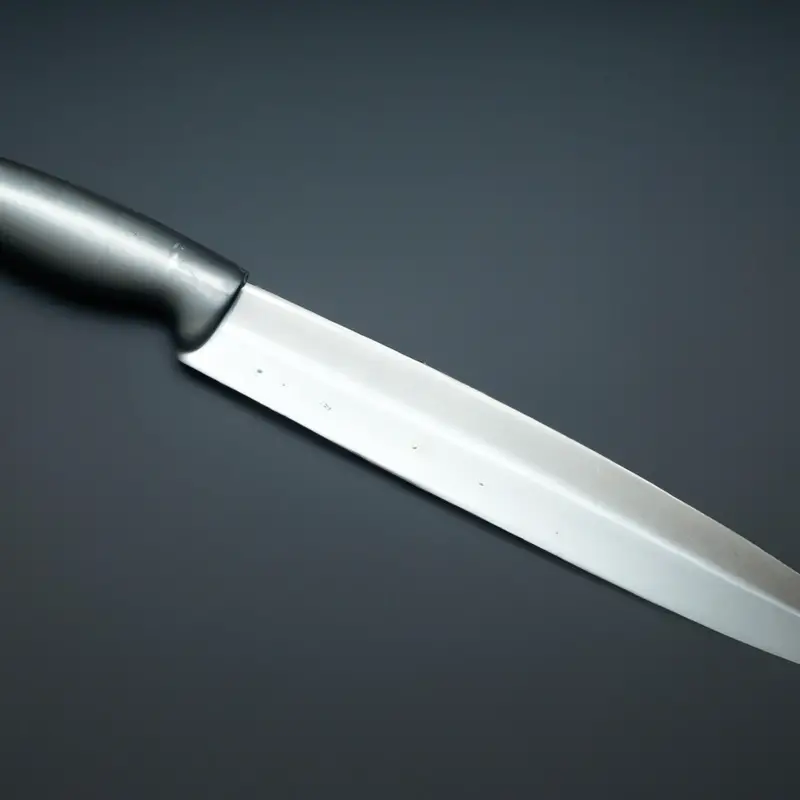
Forgetting to dry the blade after washing
Forgetting to dry the blade after washing is a common mistake to avoid when using a Gyuto knife. Water left on the blade can cause rust and corrode the knife, ultimately leading to a shorter lifespan.
A damp blade can also make it difficult to grip the knife, increasing the risk of accidents.
To avoid this mistake, always dry the blade thoroughly with a clean cloth immediately after washing. Make sure to dry both sides of the blade, including the handle and any crevices or joints.
Additionally, it’s best to use a separate towel for the blade to avoid any cross-contamination with other kitchen items.
Remember, a dry blade means a happy and safe knife.
Using a dull blade to cut through tough ingredients
Using a dull blade to cut through tough ingredients is a common mistake to avoid when using a Gyuto knife. A dull blade makes it harder to slice through meat, vegetables, or fruits, which can lead to uneven cuts and a frustrating cooking experience.
Moreover, it can increase the risk of accidents since it requires more pressure to cut, causing the blade to slip.
To prevent this mistake, always ensure that the blade is sharp and honed regularly. Use a honing steel before each use and sharpen the blade when it starts to show signs of dullness.
This will not only make cutting easier but will also extend the knife’s lifespan.
Remember, a sharp blade is a safer blade.
Storing the knife improperly, such as leaving it in a damp environment
Storing a Gyuto knife improperly, such as leaving it in a damp environment, can damage its blade and shorten its lifespan. This is because moisture promotes the growth of rust and bacteria, which can corrode and dull the blade over time.
To avoid such damage, it is crucial to store the knife in a dry and well-ventilated area.
After use, make sure to clean and dry the blade thoroughly before storing it. It is also recommended to store the knife separately in a knife block, sheath, or magnetic strip, rather than alongside other utensils that can scratch or nick its blade.
By storing your Gyuto knife properly, you can ensure its longevity and maintain its sharpness for years to come.
Trying to use a Gyuto knife for tasks better suited to other types of knives
While Gyuto knives are versatile and great for many tasks in the kitchen, using them for tasks better suited to other types of knives can be a costly mistake. For example, using a Gyuto knife for tasks like deboning or filleting fish can result in damage to both the knife and the ingredients being worked with, as the thin blade is not designed for such tasks.
It is important to understand the purpose and limitations of a Gyuto knife and use the correct knife for specific cutting tasks to ensure a better outcome.
When in doubt, it is best to do some research and consult with a knife expert to choose the appropriate knife for the task at hand.
Mishandling the knife, such as using excessive force or applying pressure at the wrong angle
Mishandling a Gyuto knife can cause severe injuries and damage to the blade. Using excessive force while cutting or applying pressure at the wrong angle can damage the knife’s edge and cause it to become dull quickly.
It is crucial to use the correct cutting technique, and the proper amount of force must be used to prevent mishandling the knife.
It is also essential to ensure that the blade is sharp and the grip on the handle is comfortable and secure to avoid mishaps while cutting. Additionally, proper storage of the Gyuto knife in a dry place is vital for keeping it in top condition.
Mishandling a Gyuto knife can be dangerous and costly, so it is essential to handle it with care and precision to get the best results.
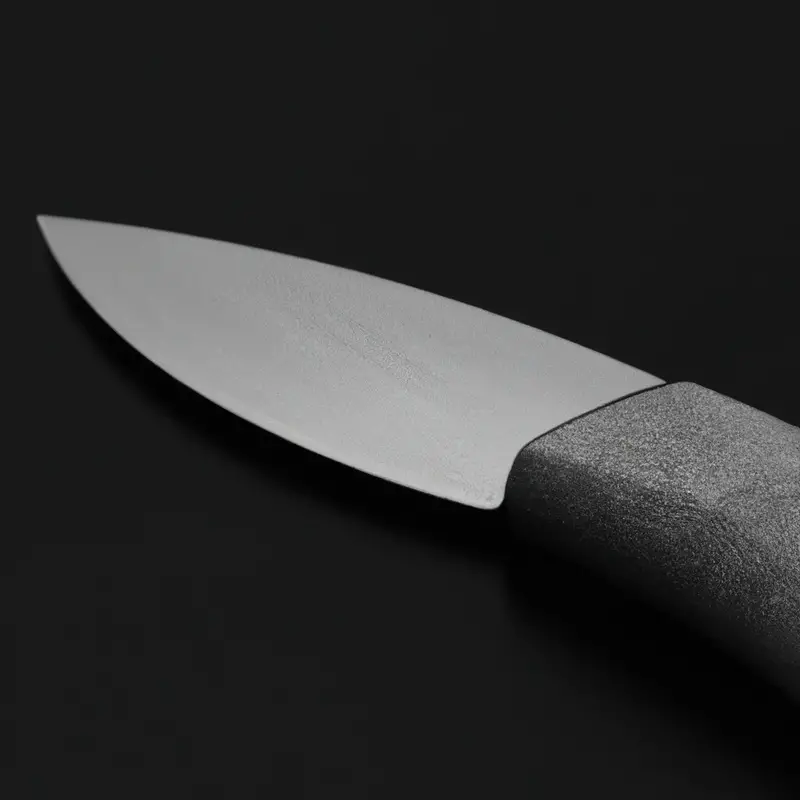
Failing to maintain the handle, such as neglecting to oil or clean it
To keep your Gyuto knife in top condition, it’s essential to maintain the handle regularly. Neglecting to oil or clean the handle can lead to the accumulation of dirt and grime, which can damage the handle over time.
The handle is an integral part of the knife and plays a significant role in providing a stable and comfortable grip.
In addition, a dirty handle can impede your ability to maintain complete control over the knife, which is essential for safe and accurate cuts. To maintain the handle, wash it regularly with warm water and mild soap.
Avoid using abrasive cleaners and ensure that the handle is completely dry before storing the knife away.
You should also oil the handle periodically with mineral oil or another food-safe oil to keep it moisturized and prevent any cracks or splits from developing. By taking care of your knife handle, you can ensure that your Gyuto knife will remain a reliable and efficient tool in your kitchen for years to come.
Final Verdict
When it comes to using a Gyuto knife, there are several common mistakes that should be avoided. By choosing the wrong knife, using the wrong techniques, neglecting proper maintenance, or mishandling the knife, you not only risk damaging the blade, but you also put yourself in danger.
It is crucial to approach the task with care and precision, while taking all the necessary precautions to ensure that the knife is in good working condition.
With this article, we hope to have provided you with valuable insights to help you avoid these mistakes and use your Gyuto knife to its fullest potential. Remember, with the right techniques and proper maintenance, your Gyuto knife can last a lifetime, ensuring a safe and enjoyable cooking experience.

